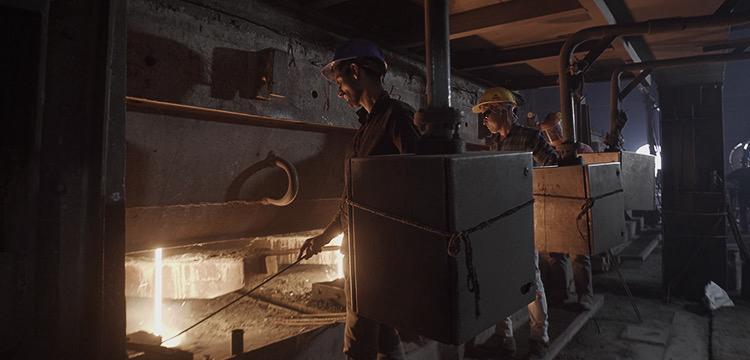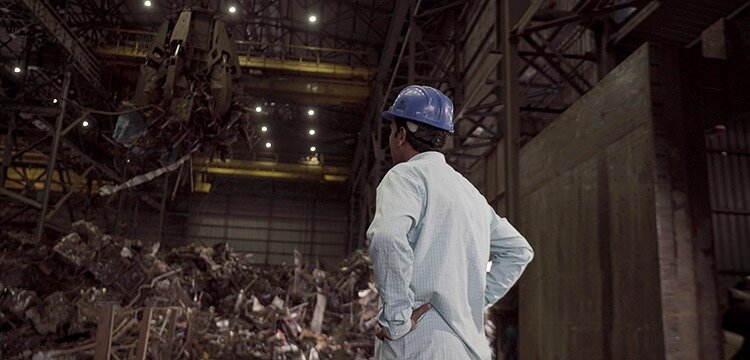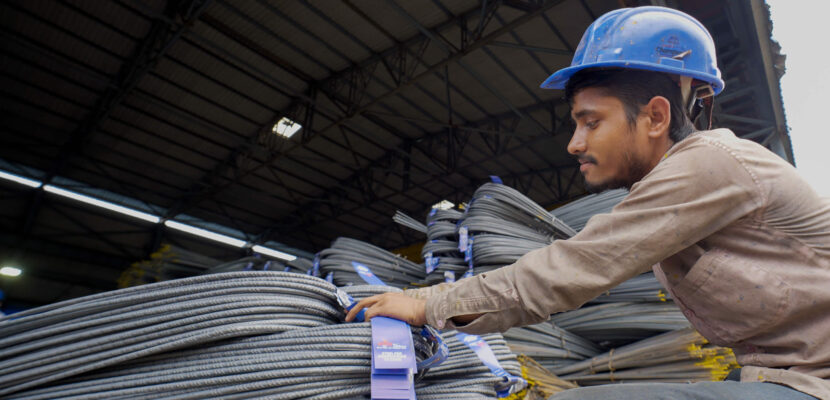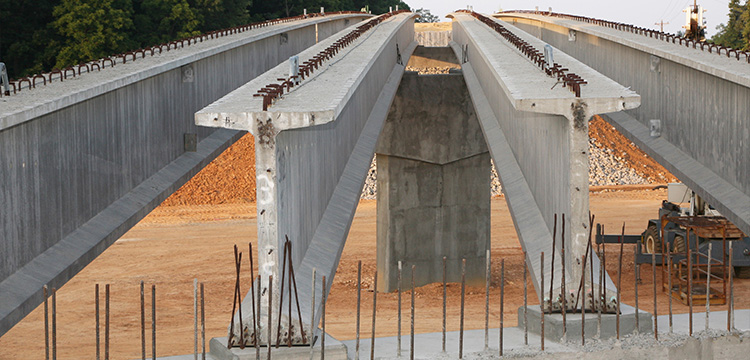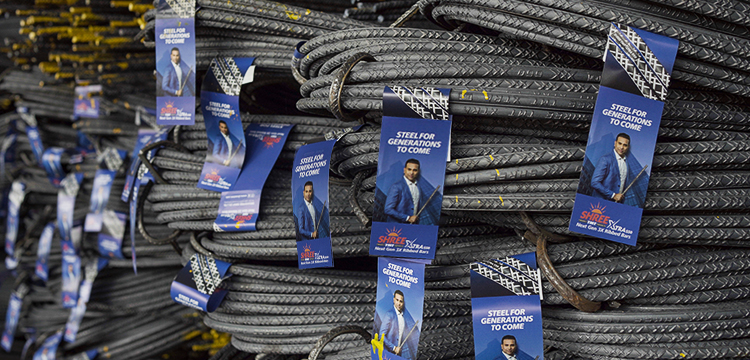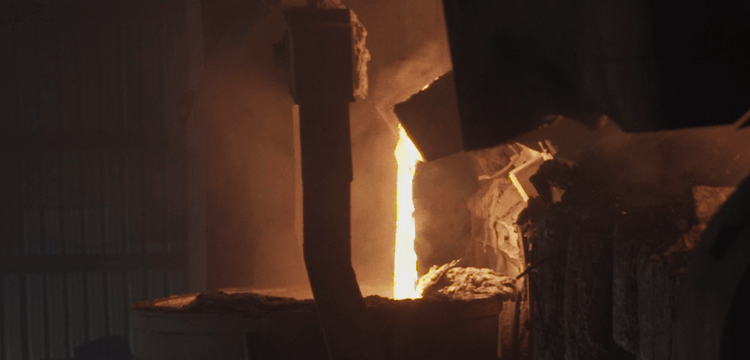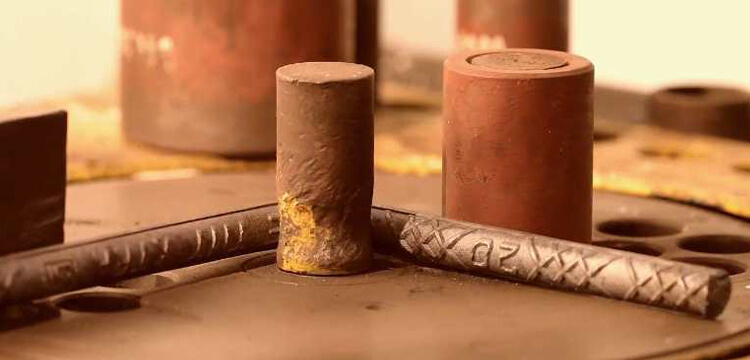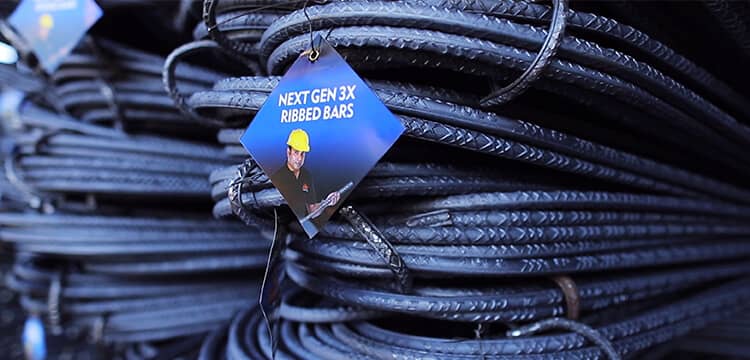Beyond Smokestacks: Transformative Strategies for Reducing Steel Industry Pollutants through Secondary Steel Manufacturing
Steel is one of the globe’s indispensable commodities, and is a cornerstone of modern infrastructure. Projections by the World Steel Association indicate a staggering 20% growth in global steel demand by 2050 from current levels. The escalating demand for this alloy mirrors the expanding world population’s imperative need for increased investment in infrastructure and construction projects. However, the pollution from steel production stands out as a leading contributor to carbon dioxide emissions and has long been associated with environmental concerns, driving global warming. The conventional steel manufacturing process catering to the rising steel demand, characterized by towering smokestacks emitting pollutants into the air, has raised serious environmental challenges necessitating the urgency to foster quality control in the steel industry by greening it and reducing its environmental footprint, particularly in terms of carbon emissions. To attain this, there are transformative alternatives that hold great promise for mitigating these issues. These endeavours involve implementing measures such as expanding the utilization of secondary steel by recycling scrap steel, modifying existing recycling techniques to enhance impurity removal (e.g., disassembling vehicles rather than crushing them to facilitate material separation, boosting energy efficiency, and transitioning from carbon-intensive to net-zero technologies.
The Environmental Toll of Traditional Steel Manufacturing: Traditional steel manufacturing methods, such as the blast furnace method, involve the extraction of iron ore, which is then smelted with coke (a form of carbon) in high-temperature furnaces. This process releases a significant amount of carbon dioxide (CO2) and other pollutants into the atmosphere. Moreover, the mining and transportation of raw materials contribute to deforestation, habitat destruction, and increased carbon emissions.
Air Pollution in the Steel Industry:
- Carbon Emissions: The steel industry is a significant contributor to global carbon emissions, accounting for approximately 7%. The conventional steelmaking process exacerbates this environmental impact, emitting carbon dioxide at two critical stages. Initially, when coal is heated to produce coke, and subsequently, when the coke is burned to melt iron ore in furnaces with temperatures soaring above 2000°C. This combustion of coke in blast furnaces is a major contributor to carbon emissions. CO2 is released during both the reduction of iron ore and the combustion of carbonaceous materials, contributing to climate change and global warming.
- Particulate Matter: Steel manufacturing also releases particulate matter, including dust and fine particles, which can have adverse effects on respiratory health when inhaled. These particles can contain harmful substances such as heavy metals, further exacerbating health and environmental concerns.
- Sulfur Dioxide (SO2): The use of coke in traditional steelmaking results in the release of sulfur dioxide, contributing to acid rain and air pollution. SO2 emissions have detrimental effects on both human health and the environment.
- Nitrogen Oxides (NOx): High-temperature processes in steel manufacturing lead to the formation of nitrogen oxides, which contribute to smog formation, respiratory issues, and other environmental problems.
The Rise of Secondary Steel Manufacturing: To address the environmental impact, secondary steel manufacturing has emerged as a sustainable alternative. This approach involves recycling scrap steel, thereby reducing the demand for virgin raw materials and minimizing the environmental footprint associated with traditional steelmaking. One of the most significant advantages of secondary steel manufacturing lies in its positive impact on air quality. Unlike traditional primary steel production, which relies on high-temperature processes, secondary steel manufacturing through recycling scrap steel offers a breath of fresh air, literally and figuratively.
- Particulate Matter Reduction: Secondary steel manufacturing avoids high-temperature processes, resulting in a drastic reduction in the emission of particulate matter. By utilizing scrap steel as the primary source, secondary steel manufacturing minimizes the need for the intense heat that characterizes primary steel production. As a result, the release of harmful particulate matter into the atmosphere is significantly curtailed. This not only benefits the immediate vicinity of steel plants but also contributes to broader regional air quality improvements.
- Sulfur Dioxide (SO2) Emission Reduction: In secondary steel manufacturing, the avoidance of coke-based processes directly translates to a reduction in sulfur dioxide emissions. By relying on scrap steel, which does not undergo the same chemical reactions as raw materials in a blast furnace, the industry can contribute to the improvement of air quality by mitigating the release of this harmful gas.
- Nitrogen Oxides (NOx) Mitigation: Secondary steel manufacturing, with its emphasis on recycling existing steel rather than subjecting it to intense heat, significantly reduces the generation of nitrogen oxides. This not only benefits the health of nearby communities but also contributes to a broader reduction in regional steel industry pollutants.
- Overall Environmental Impact: Beyond the direct reduction of specific pollutants, the shift to secondary steel manufacturing has broader positive implications for the environment. Secondary steel manufacturers that use the Induction Furnace/Electric Arc Furnace, utilize less heat, making it a more energy-efficient process. By decreasing the reliance on energy-intensive processes, the carbon footprint associated with steel production is significantly diminished. This, in turn, contributes to the global fight against climate change. The environmental benefits extend beyond air quality improvements; they encompass the preservation of ecosystems, reduction of deforestation, and conservation of natural resources. Secondary steel manufacturing aligns with the principles of a circular economy, where materials are reused, recycled, and repurposed, minimizing waste and environmental impact.
Conclusion:
In the quest for a sustainable future, the steel industry’s commitment to secondary steel manufacturing emerges as a pivotal force for positive change. The tangible benefits extend to air quality improvements, as the industry transitions away from high-temperature processes that characterize traditional steel production. By embracing recycling and reducing the reliance on raw materials, secondary steel manufacturing not only provides a viable solution to pollution from steel production but also paves the way for a cleaner, healthier, and more sustainable future. The shift from smokestacks to sustainable practices is not just an industry necessity but a crucial step toward environmental stewardship, which is even more critical now. This shift encompasses policies and initiatives aimed at fostering increased recycling, enhancing material and energy efficiency, promoting circularity, and fostering international collaboration on cutting-edge technologies that significantly lower greenhouse gas (GHG) emissions.


